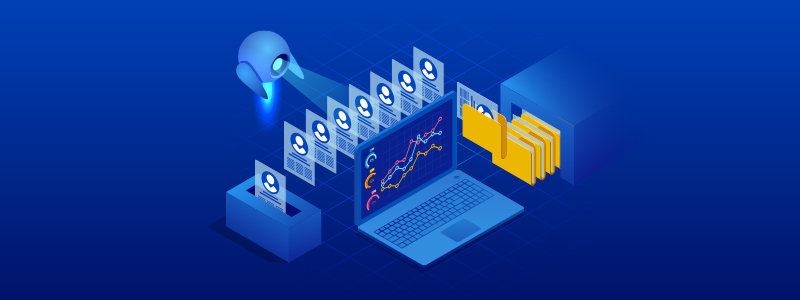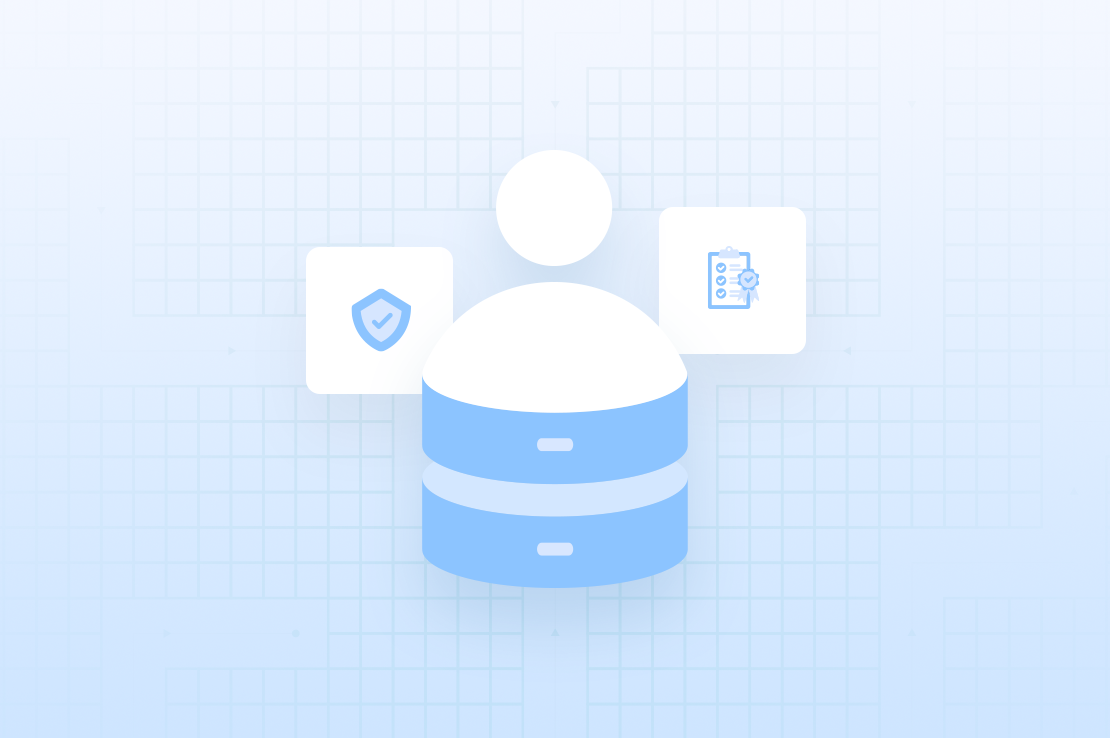
EDI Security in Finance and Mortgage: Best Practices & Benefits
EDI enables the electronic exchange of structured data, such as invoices, purchase orders, and financial transactions, eliminating the need for manual data entry and paper-based processes. By automating these interactions, EDI streamlines operations, improves accuracy, and accelerates business processes within the finance industry.
This holds especially true in the mortgage industry, where highly confidential and personal information is exchanged between multiple parties, including financial institutions, mortgage lenders, borrowers, and government agencies.
Learn more about EDI and how It works.
Best Practices for Secure EDI Transactions in the Mortgage Industry
Establish Robust Access Controls and Authentication Mechanisms
- User Identification: Implement strong user identification processes, ensuring that only authorized individuals can access sensitive data.
- Password Policies: Maintain strong password standards, such as the need for difficult passwords, restrictions on password reuse and password changes on a regular basis.
- Multi-Factor Authentication: Implement multi-factor authentication methods, such as biometric verification or token-based authentication, to add extra layers of security.
Encrypt Data at Rest and in Transit
- Data Encryption: Employ robust encryption techniques to protect sensitive data both when it is stored (at rest) and during transmission (in transit).
- Secure Socket Layer/Transport Layer Security (SSL/TLS): Utilize SSL/TLS protocols to establish secure connections and encrypt data during transmission, preventing unauthorized access and interception.
Implement Comprehensive Security Measures
- Firewalls: Set up firewalls to monitor and control network traffic, blocking unauthorized access attempts and potential threats.
- Intrusion Detection Systems (IDS): Deploy IDS to detect and respond to suspicious activities or potential security breaches in real-time.
- Security Audits: Ensure regular security audits to identify vulnerabilities, assess the effectiveness of security controls, and ensure compliance with security standards.
Educate Employees and Stakeholders about Data Security Best Practices
- Strong Passwords: Educate users about the importance of using strong, unique passwords and avoiding common password pitfalls.
- Phishing Awareness: Train employees to recognize phishing attempts and avoid falling victim to social engineering attacks that could compromise sensitive data.
- Reporting of Incidents: Adopt a robust incident reporting process to encourage reporting of any suspected security incidents or data breaches, as promptly as possible.
Comply with Industry Regulations and Standards
- Gramm-Leach-Bliley Act (GLBA): Ensure compliance with GLBA requirements, which mandate the protection of consumers’ personal financial information.
- Payment Card Industry Data Security Standard (PCI DSS): Adhere to PCI DSS guidelines when processing credit card transactions, safeguarding cardholder data, and maintaining secure systems.
Collaborate with Trusted Partners and Vendors
- Due Diligence: Conduct thorough assessments of potential partners and vendors to verify their security practices, track records, and commitment to data protection.
- Security Agreements: Establish clear security agreements with partners and vendors, outlining their responsibilities and obligations regarding data security.
- Ongoing Monitoring: Continuously monitor the security practices of partners and vendors to ensure they adhere to stringent security standards and promptly address any security vulnerabilities or incidents.
By implementing these best practices, financial institutions and mortgage industry stakeholders can significantly enhance the security of EDI transactions, protecting sensitive data and maintaining trust in the electronic exchange process.
Benefits of EDI in the Mortgage Industry
Streamlined Processes: EDI eliminates the need for manual data entry, reducing errors and accelerating transaction processing. It automates tasks such as mortgage application submission, document verification, and loan underwriting, enabling faster turnaround times.
Enhanced Efficiency: By digitizing and automating data exchange, EDI improves operational efficiency within the mortgage industry. It minimizes the reliance on paper-based documentation, streamlines workflow, and reduces administrative overheads.
Error Reduction: Manual data entry poses challenges as it is susceptible to human errors, potentially resulting in costly mistakes within the mortgage process. However, the implementation of EDI brings significant advantages by enabling direct system-to-system data transfer. This automated exchange ensures accurate and consistent data across all involved parties, mitigating the risk of errors and contributing to a more efficient and error-free mortgage process.
Improved Customer Experience: The efficiency and speed of EDI transactions contribute to an improved customer experience within the mortgage industry. Borrowers benefit from faster loan processing,
quicker responses to queries, and a more seamless and transparent experience.
Challenges and Considerations in Implementing EDI
- Integration Complexity: Introducing EDI systems may require substantial changes to existing processes and technologies within financial institutions and mortgage companies. Integrating EDI into legacy systems and ensuring seamless communication between different systems can be a complex and time-consuming task.
- Security Concerns: As EDI involves the electronic exchange of sensitive financial and personal data, security is a paramount concern. Organizations must invest in robust security measures to protect against data breaches, unauthorized access, and potential cyber threats.
- Regulatory Compliance: The mortgage industry is subject to strict regulations and compliance standards, such as GLBA and PCI DSS. When implementing EDI, organizations must ensure that their systems adhere to these industry-specific requirements and maintain compliance throughout the process.
- Data Format Standardization: EDI relies on standardized data formats and protocols for seamless data exchange between different parties. Ensuring uniformity in data formats and protocols can be challenging when dealing with multiple stakeholders who may have varying systems and data requirements.
- Cost and Resource Allocation: Implementing and maintaining EDI systems require financial investment and resource allocation. Organizations need to assess the costs involved, including hardware, software, training, and ongoing support, to make informed decisions about integrating EDI into their operations.
- Resistance to Change: Some stakeholders within the mortgage industry may be hesitant to adopt new technologies and processes, leading to resistance to change. Overcoming this resistance and fostering a culture that embraces innovation is vital for successful EDI implementation.
- Interoperability: Interoperability between different EDI systems used by various financial institutions, lenders, and government agencies is crucial for effective data exchange. Ensuring seamless communication and compatibility between different systems can be a significant challenge.
- Training and Education: Implementing EDI requires training employees and stakeholders on how to use the new system effectively. Organizations must invest in comprehensive education programs to ensure smooth adoption and maximum utilization of EDI capabilities.
Final Word
While implementing EDI in the mortgage industry presents its challenges, it also offers immense opportunities for streamlining processes, enhancing efficiency, reducing errors, and improving the overall customer experience. The mortgage industry must successfully integrate an automated Electronic Data Interchange (EDI) solution to revolutionize operations and enhance customer experience. By implementing best practices such as robust access controls, authentication mechanisms, data encryption, and compliance with industry regulations, the industry can strengthen security and cultivate a culture of trust. This will empower mortgage banking to thrive in the future and unlock its full potential. By embracing these practices, not only individual organizations but the entire industry can benefit from the revolution in EDI.
To learn more about how EDI can streamline your business. Request for a personalized demo with Astera today!
 Astera AI Agent Builder - First Look Coming Soon!
Astera AI Agent Builder - First Look Coming Soon!



